Promoting the role of customs IT systems in trade development in Vietnam
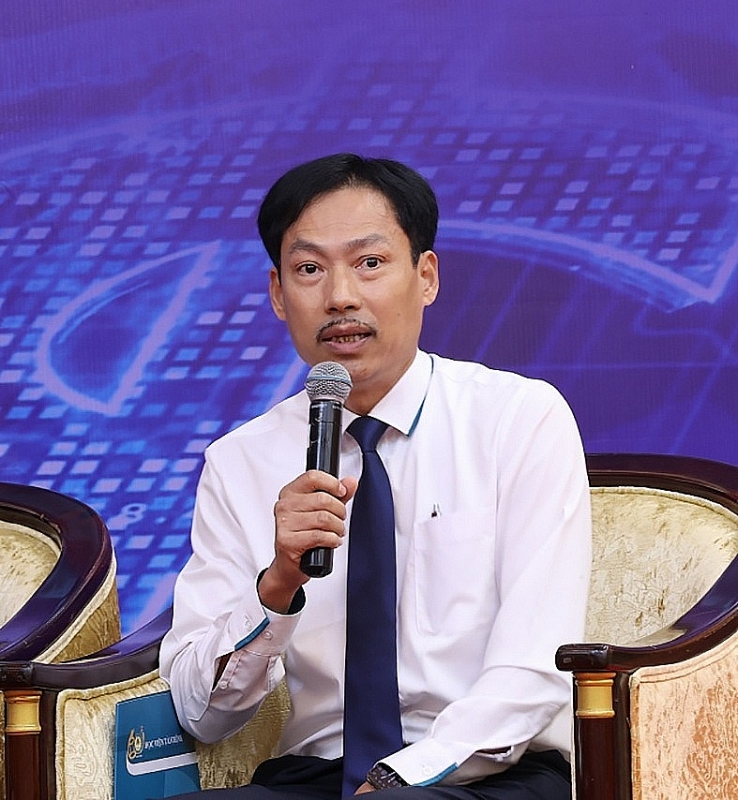 |
Could you assess the development of the IT system in the customs sector in recent times?
Along with the development trend, IT is a core factor in the operation of state management activities in the customs sector as well as for import and export goods and customs control.
All state management activities on customs are closely related to the flow of import and export goods and means of exit and entry, affecting the development of trade.
Thanks to the application of electronic customs procedures, a large volume of customs dossiers has been processed quickly, meeting the explosion of foreign trade activities in the globalized world.
Customs agencies at all levels have effectively implemented the e-customs policy, aiming at the goal of Digital Customs, connecting electronic information with Customs administrations of other countries.
So far, 100% of basic customs procedures have been automated nationwide. The VNACCS/VCIS successfully processes about 11 million electronic customs declarations every year, of which about 53% of declarations are in the Green channel, which means customs clearance within 1 - 3 seconds.
This may be the fastest administrative procedure processing time in Vietnam today thanks to the application of the world's modern IT system.
In addition to the outstanding positive aspects, the operation process certainly faces shortcomings. So what are the shortcomings?
In addition to important results, the VNACCS/VCIS platform funded by Japan (operated since 2014) and satellite systems built by the Customs sector have not anticipated the trend of global trade liberalization, the continuous increase in import and export turnover leading to some limitations in handling procedures, customs inspection and supervision, affecting the business activities of enterprises.
In particular, the Electronic Customs Data Processing System (the core systems are the VNACCS/VCIS and 21 Satellite Systems) after nearly 10 years of operation, the frequency of hardware and software failures of the VNACCS/VCIS System and Satellite Systems has increased.
In particular, the VNACCS/VCIS has not yet met some new international trade activities (for example, e-commerce transported via express delivery by road...), so the hardware and software designs have not met the requirements when there is a sudden growth in the transaction volume of new types of trade, leading to overload, seriously affecting the entire economy of Vietnam.
The current National Single Window (NSW) Portal system has not yet met the requirements for connecting and exchanging electronic information automatically with the customs electronic data processing system to automatically analyze and evaluate information to determine key subjects and clear goods.
Some administrative procedures related to import and export goods and means of transport of ministries and agencies are currently carried out on the national public service system, public service system of ministries and agencies which have not been connected and exchanged with the electronic customs data processing system to serve the handling of customs procedures and other related procedures.
To promote the role of the customs IT system in trade development, what solutions does the Customs sector need to implement?
The goal of developing customs IT according to the orientation of the Customs Development Strategy to 2030 is to: Build a centralized, integrated, smart customs IT system that ensures the requirements of system information security and a digital platform, matches with the architecture of e-Government, Digital Government, international standards, and strongly applies the scientific and technological achievements of the Fourth Industrial Revolution.
To achieve that goal and promptly overcome the shortcomings of the current customs IT system, the Customs sector needs to submit to competent authorities for appropriate approval of funding sources and strategic investment to build a smart customs system.
In the immediate future, it is necessary to soon upgrade NSW and ASW. Then, it is necessary to replace the current VNACCS/VCIS with a new system, applying the latest and most modern technologies and being an open system so that it can be easily upgraded and updated with new IT achievements.
In particular, it is necessary to build a backup system that ensures full technical conditions to be able to operate to replace the main system when an incident occurs.
When building a smart Customs system, it is necessary to focus on strongly applying the achievements of the Fourth Industrial Revolution (Internet of Things (IoT), Blockchain, Artificial Intelligence (AI), Big Data, Intelligent Analytics (BI), Cloud Computing, Mobility) ...
When investing in the IT system of the Customs sector, it is necessary to ensure the requirements of a high level of integration, full compliance with security and information safety requirements, easy expansion and development when there are new management requirements, ensuring the application of IT in all areas of operation of the Customs agency; support the direction, operation and implementation of public duties at all levels.
Continuing to focus on training and fostering to improve the qualifications of the team of IT experts of the Customs sector as well as the IT qualifications of Customs officials to meet the requirements of developing Digital Customs and Smart Customs.
Strengthening coordination with state agencies in connecting and processing state management procedures in the customs sector in the Digital Government model, soon achieving the goal of 100% of state management procedures of ministries and agencies being connected and processed completely automatically to serve customs inspection, supervision and clearance of goods.
At the same time, promoting coordination and connection of customs information systems with enterprises, ensuring consistency to move towards a smart customs model associated with smart enterprise governance and digital business.
Thank you!
Related News

Hai Phong Customs implements solutions to facilitate trade
11:18 | 20/01/2025 Customs
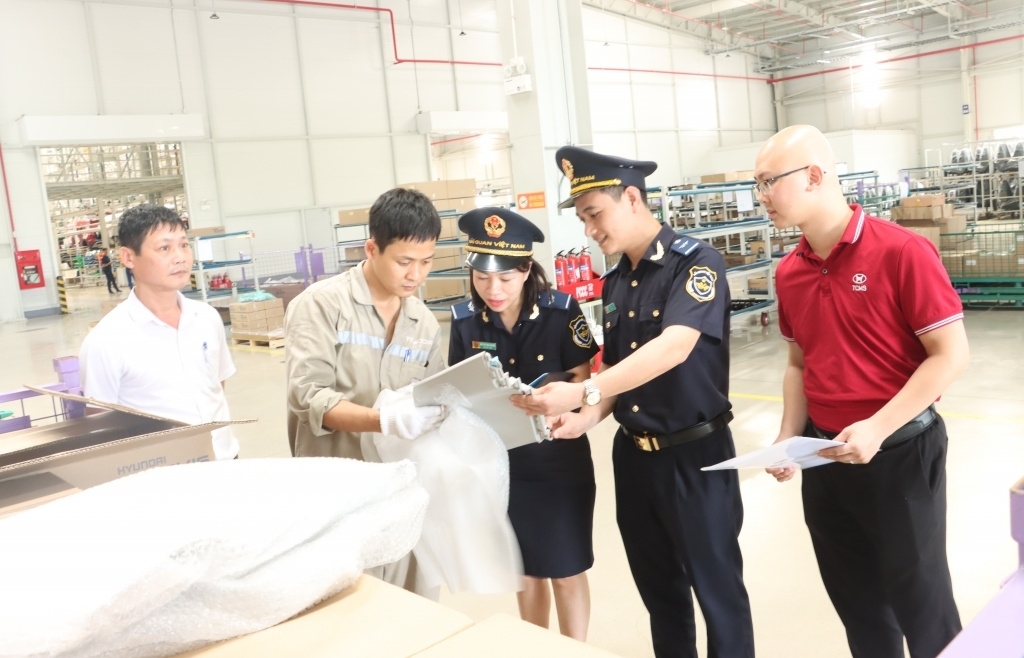
Challenges facing customs revenue collection in 2025
20:00 | 31/12/2024 Customs

An Giang Customs issues many notes to help businesses improve compliance
09:29 | 20/12/2024 Customs

Removing obstacles in the management of aviation infrastructure assets
10:24 | 29/09/2024 Headlines
Latest News
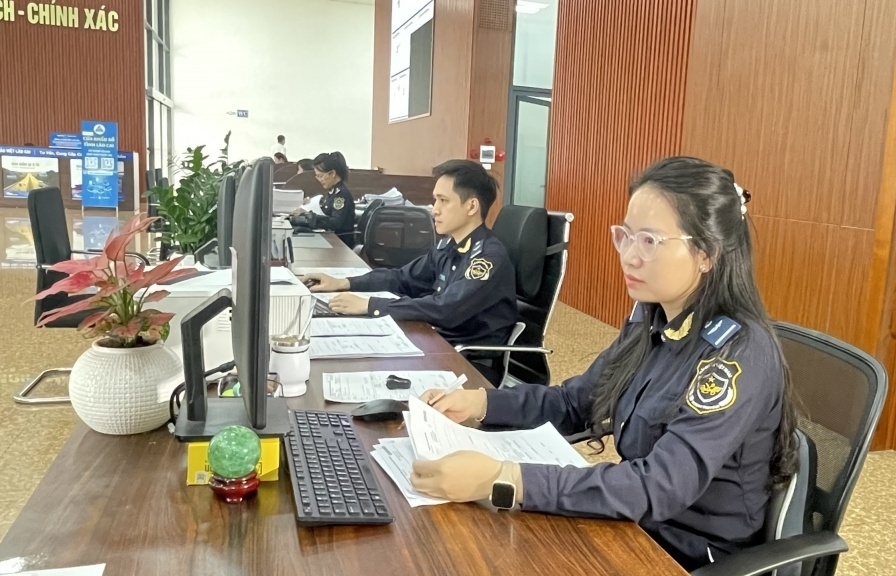
Vietnam Customs forms implementation task force on developing customs procedures
16:29 | 15/02/2025 Customs

Quang Tri Customs launches business support initiatives
16:29 | 15/02/2025 Customs
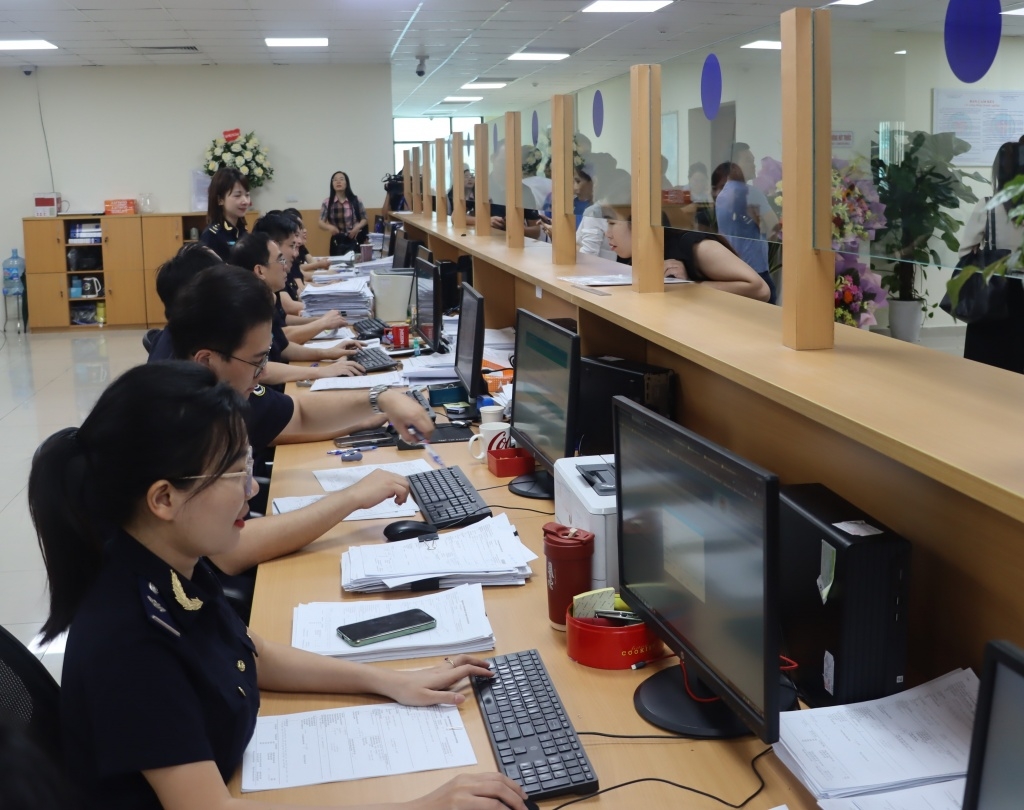
Hai Phong Customs’ revenue rises about VND 1,000 billion
14:52 | 14/02/2025 Customs

Administrative reform: Khanh Hoa Customs delivers impressive results
14:52 | 14/02/2025 Customs
More News
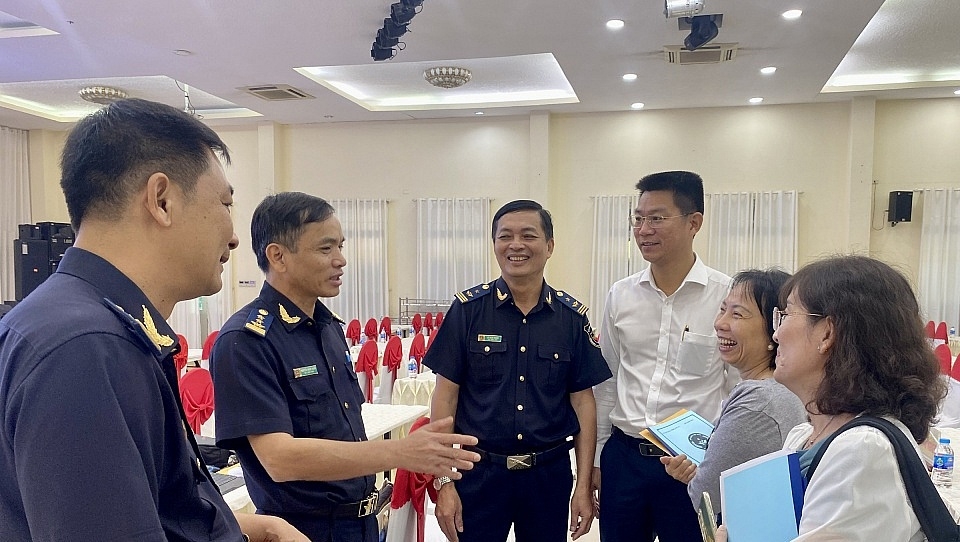
GDVC sets goal of widely disseminating Customs policies
07:49 | 12/02/2025 Customs
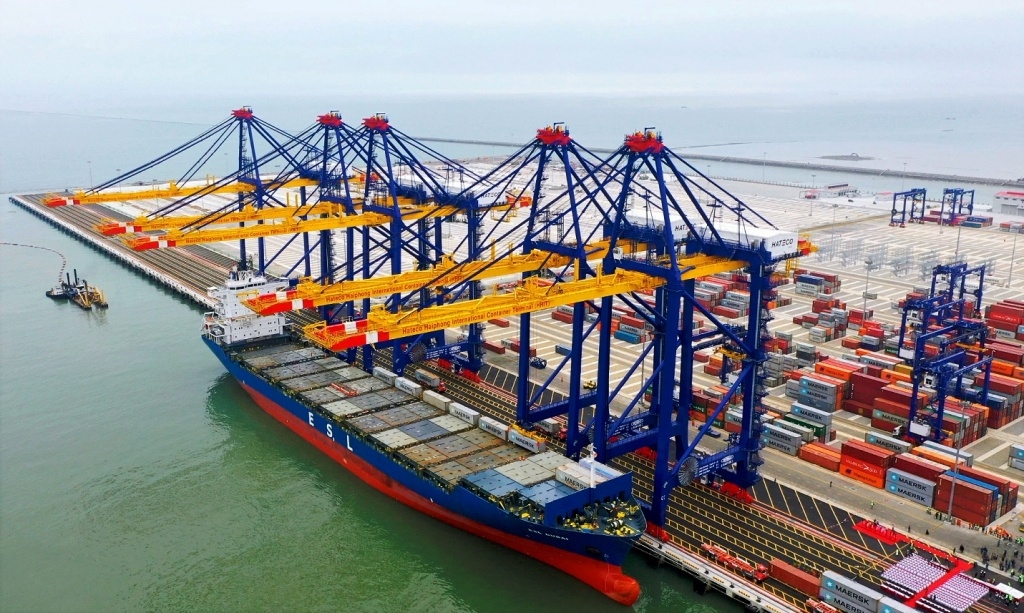
Hai Phong Customs sets out 15 tasks to achieve the revenue target of VND 72,000 billion
10:12 | 11/02/2025 Customs
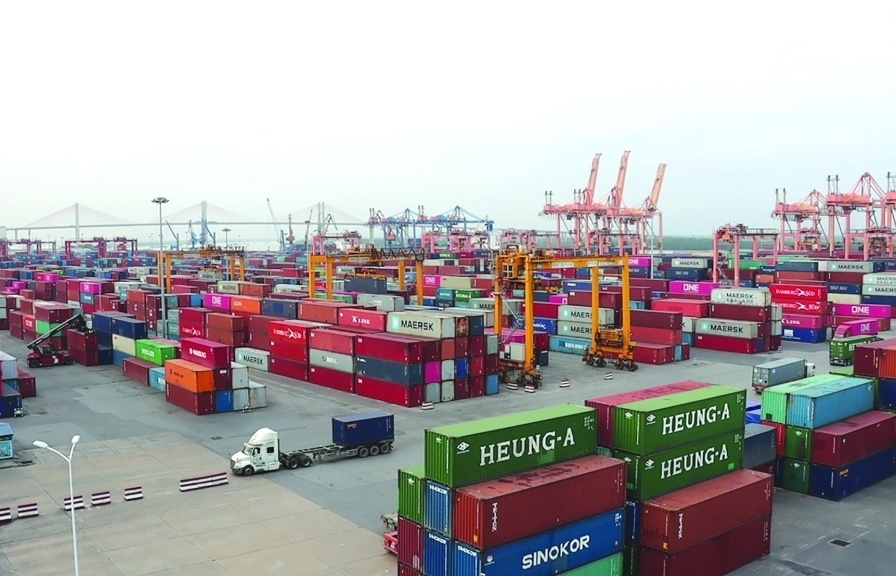
Over 1,500 customs declarations processed by Hai Phong Customs during Tet
14:36 | 10/02/2025 Customs
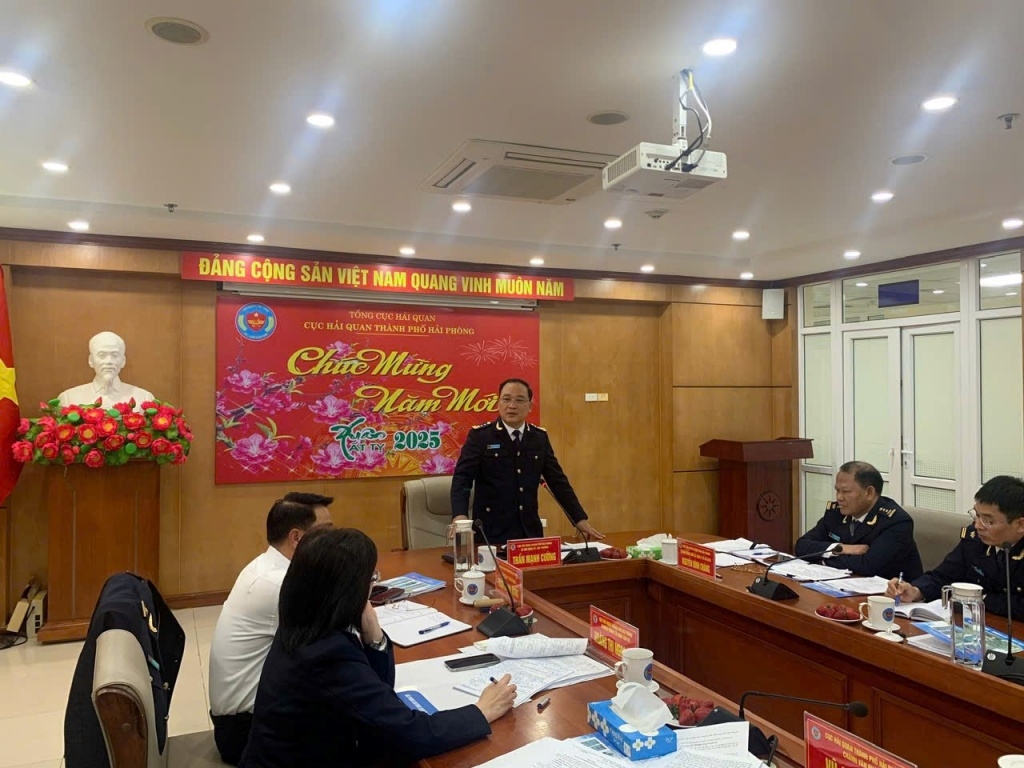
Hai Phong Customs strives to perform tasks from the beginning of the year
08:45 | 09/02/2025 Customs
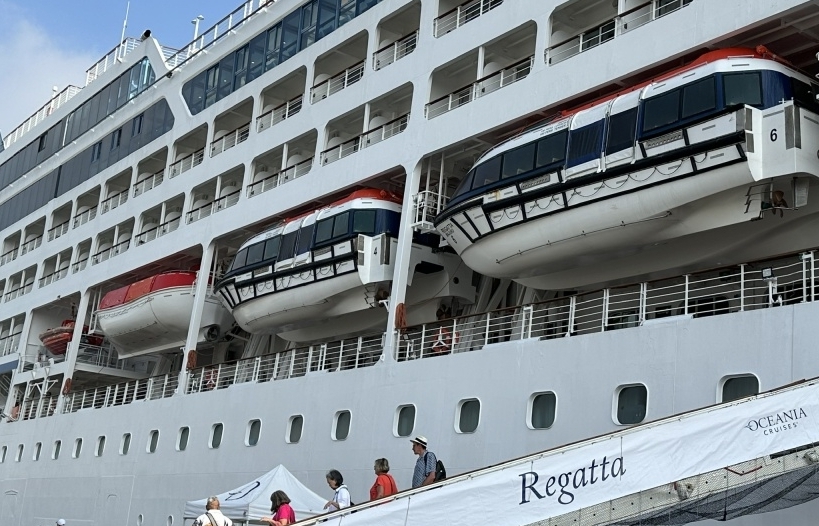
Ho Chi Minh City: Foreign visitors spend more than VND1,500 billion to buy goods upon exit
10:01 | 07/02/2025 Customs
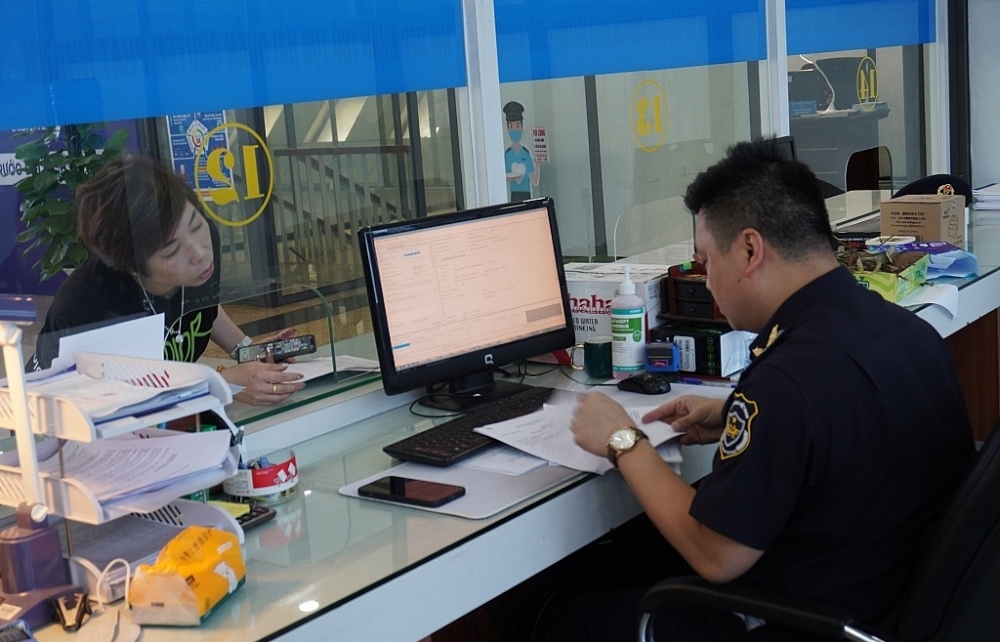
3,500 customs declarations handled in Lang Son over Tet
09:57 | 06/02/2025 Customs
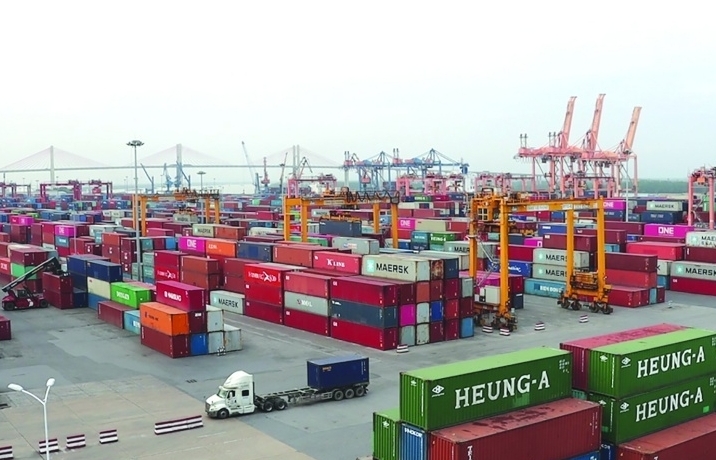
Hai Phong Customs processes more than 1,500 declarations during 2025 Lunar New Year holiday
14:09 | 05/02/2025 Customs
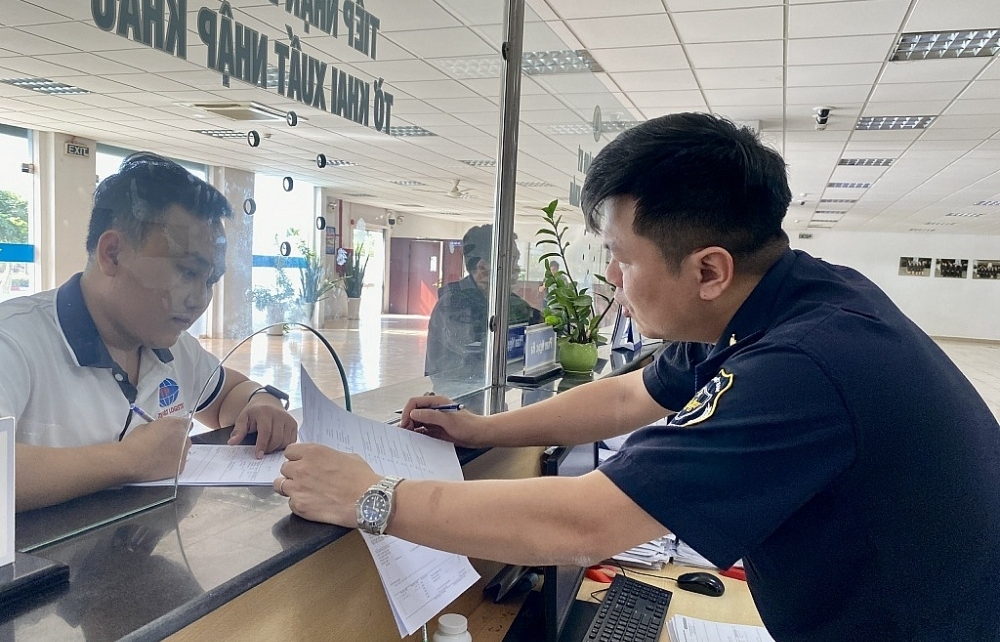
US$10.5 million in trade flows through Binh Duong Customs during Tet During the 2025 Lunar New Year
14:08 | 05/02/2025 Customs
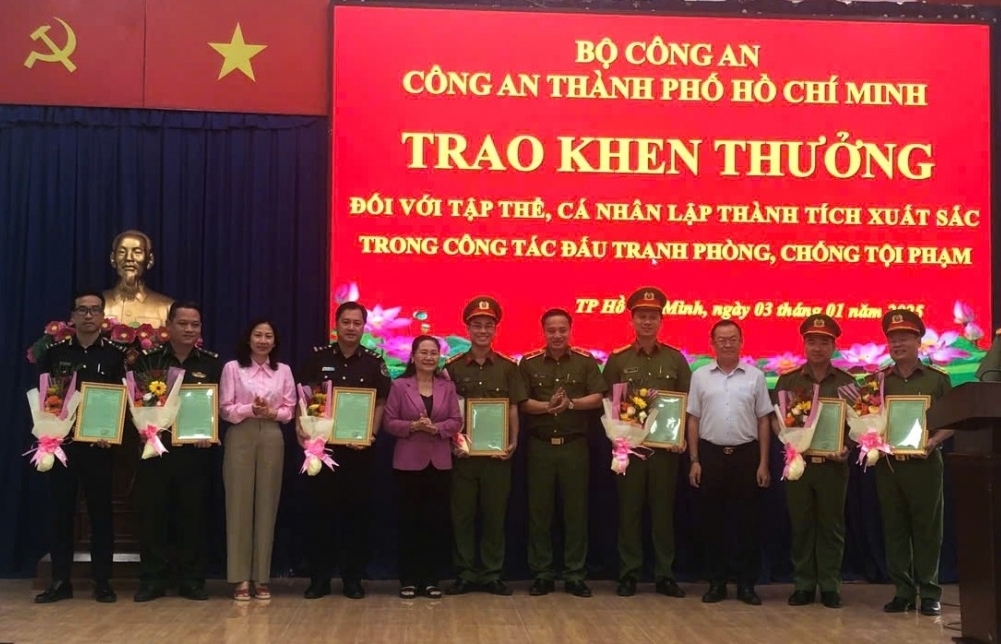
Proactive customs measures for express parcels: Tightening control over import-export goods
22:09 | 27/01/2025 Customs
Your care
The system has not recorded your reading habits.
Please Login/Register so that the system can provide articles according to your reading needs.

Vietnam Customs forms implementation task force on developing customs procedures
16:29 | 15/02/2025 Customs
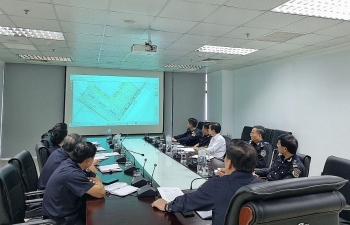
Quang Tri Customs launches business support initiatives
16:29 | 15/02/2025 Customs

Hai Phong Customs’ revenue rises about VND 1,000 billion
14:52 | 14/02/2025 Customs

Administrative reform: Khanh Hoa Customs delivers impressive results
14:52 | 14/02/2025 Customs

GDVC sets goal of widely disseminating Customs policies
07:49 | 12/02/2025 Customs
